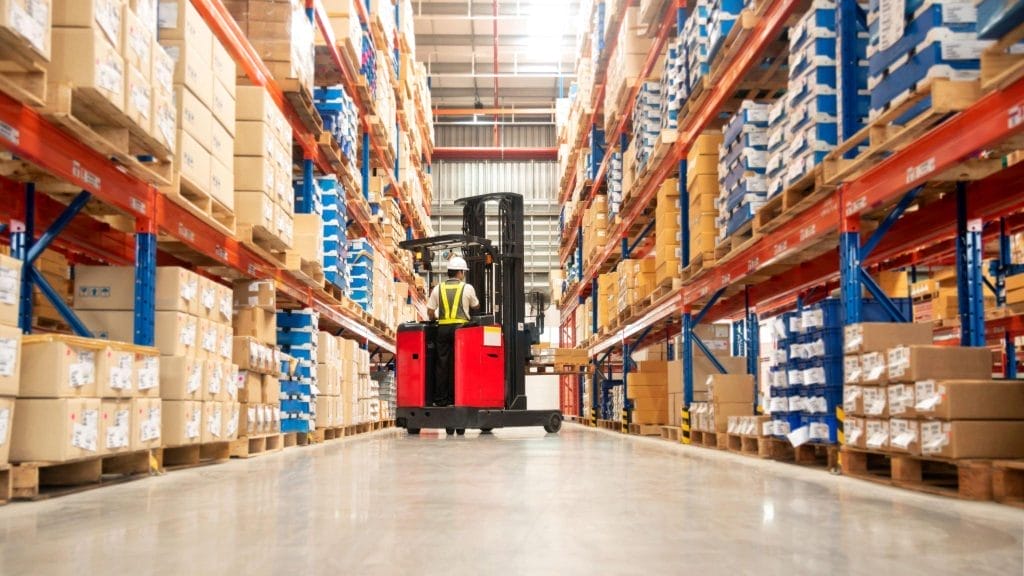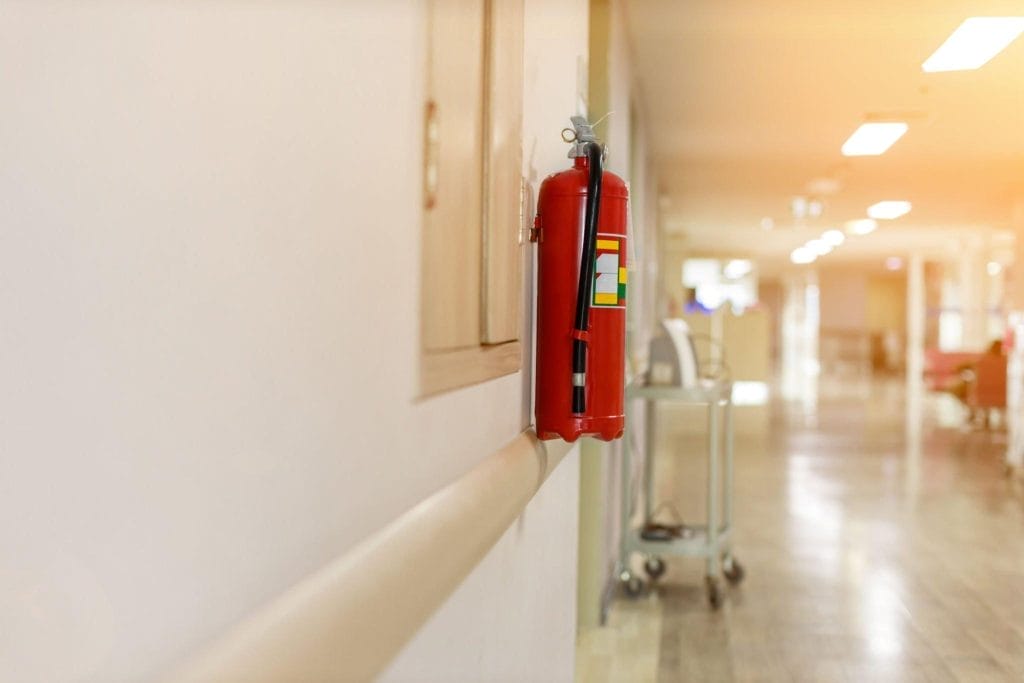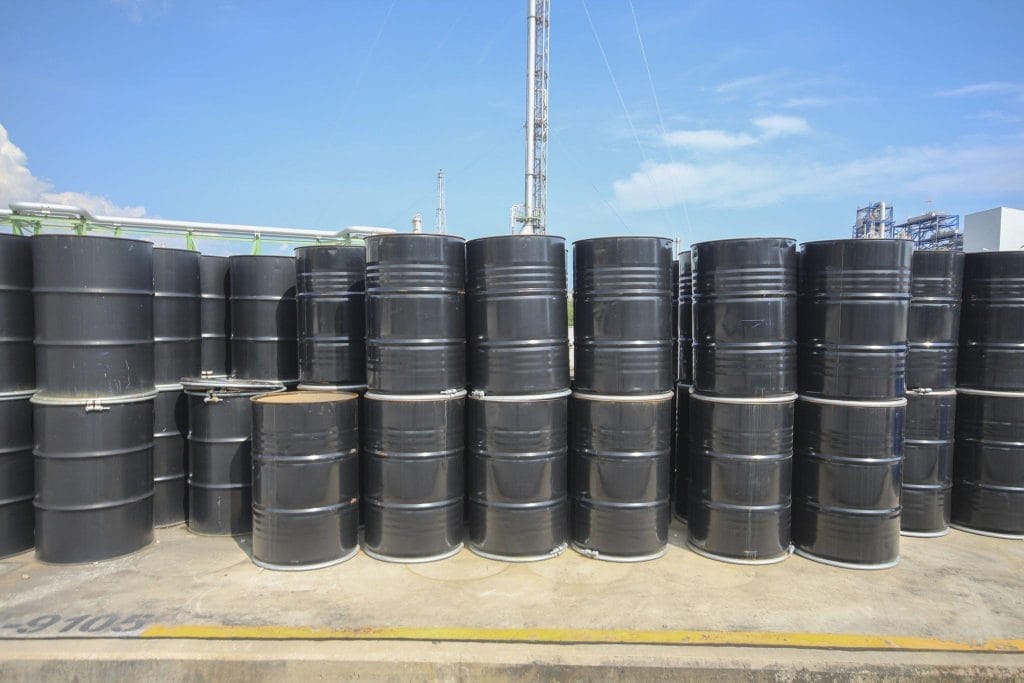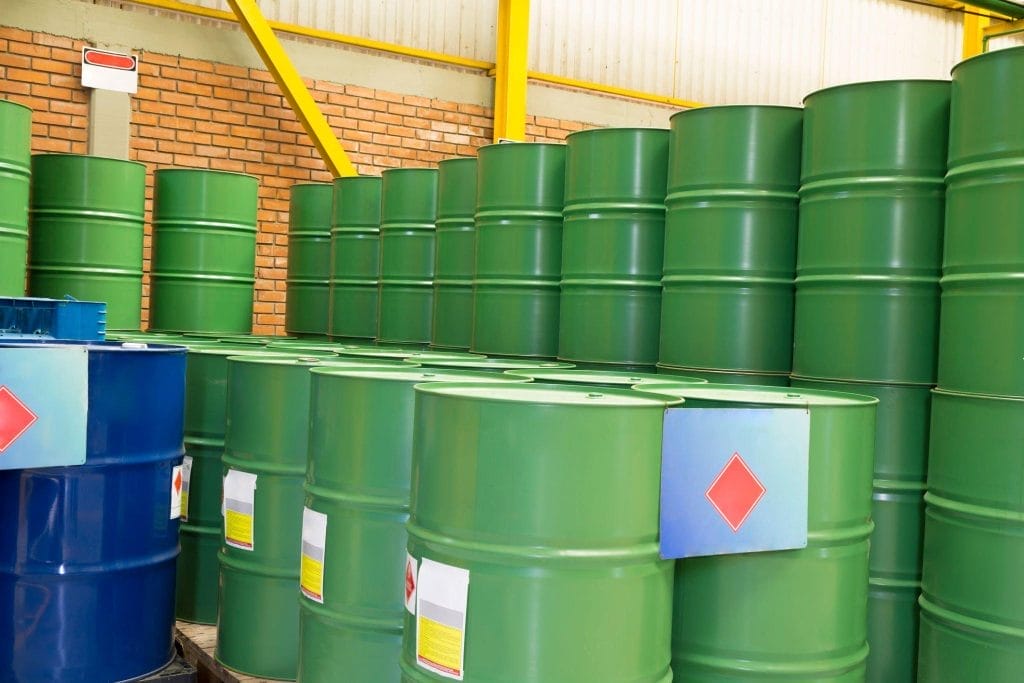Streamline Fire Load Management with Our Expert Services: Ensuring Safety and Compliance

Welcome to Elion technologies and consulting private limited, your trusted partner in the realm of Fire Load Management. With a robust presence since 2010, we bring a decade of unwavering expertise and a team of certified auditors dedicated to ensuring safety, compliance, and efficiency in fire load assessment. At Elion, we understand the critical importance of managing fire loads within various environments, from commercial and industrial spaces to residential complexes. Our comprehensive suite of services is tailored to cater to your unique needs, offering a holistic approach that encompasses assessment, analysis, and mitigation strategies. With our proven track record and in-depth industry knowledge, Elion technologies stands as a beacon of excellence in the field. We are committed to delivering results that go beyond expectations, safeguarding lives and property while adhering to the highest standards of quality and regulatory compliance.
Join hands with Elion technologies to experience a new era of Fire Load Management, where professionalism, expertise, and dedication converge to create a safer, more secure future for all.
Schedule a Consultation
Key Benefits
1. Decade of Expertise: With over a decade of experience in the field, Elion technologies brings unparalleled insights and understanding of fire load assessment, ensuring a thorough and accurate evaluation.
2. Certified Auditors: Our team of certified auditors are experts in fire load management, equipped with the knowledge and skills to conduct meticulous assessments and offer strategic recommendations.
3. Tailored Solutions: We recognize that each environment is unique. Our services are customized to your specific requirements, ensuring targeted solutions that effectively address your fire load challenges.
4. Comprehensive Approach: From assessment and analysis to mitigation strategies, our holistic approach covers every aspect of fire load management, minimizing risks and enhancing safety.
5. Regulatory Compliance: Stay ahead of regulations and standards. Our services are designed to keep you in alignment with industry norms and legal requirements, reducing potential liabilities.

6. Enhanced Safety: By identifying potential fire hazards and recommending effective mitigation measures, we enhance safety levels, protecting lives, assets, and investments.
7. Cost-Efficiency: Our expert strategies help optimize fire load management, potentially reducing unnecessary costs associated with fire risks and inadequate safety measures.
8. Peace of Mind: Trust in our proven track record and rigorous methodologies, granting you peace of mind knowing that your fire load management is in capable hands.
Experience these paramount advantages and more by partnering with Elion technologies and consulting private limited. Safeguard your premises, enhance compliance, and embark on a journey towards comprehensive fire load management excellence.
Request a Free Assessment
Key Features

At elion technologies and consulting private limited, we offer a range of specialized services designed to address your fire load management needs with precision, expertise, and compliance. Our tailored solutions encompass every aspect of fire load assessment, analysis, and mitigation, ensuring a safer and more secure environment for all.
1. Fire Load Assessment: Our certified auditors conduct thorough on-site assessments to identify potential fire hazards, quantify fire loads, and analyze their impact on your premises. By evaluating combustible materials, ignition sources, and occupancy, we provide a comprehensive understanding of your fire risk profile.
2. Detailed Analysis: Through meticulous data collection and advanced analysis techniques, we generate detailed reports that highlight critical fire load factors specific to your environment. These insights serve as the foundation for informed decision-making and effective mitigation strategies.
3. Mitigation Strategies: Rely on our expertise to develop tailored mitigation strategies that minimize fire risks. From recommending suitable storage arrangements to advising on fire- resistant materials and suppression systems, our solutions are designed to enhance safety and reduce vulnerabilities.
4. Compliance Assurance: Stay ahead of regulatory requirements and industry standards with our compliance-focused approach. Our auditors ensure that your fire load management aligns with relevant codes and regulations, reducing potential legal and financial liabilities.
5. Training and Education: Equip your team with the knowledge and skills needed to maintain a safe environment. We offer training sessions that cover fire load awareness, emergency response protocols, and best practices for ongoing fire risk management.
6. Continuous Monitoring: Fire load management is an ongoing process. Our services extend beyond initial assessments, providing periodic reviews and updates to adapt to changing conditions and maintain a high level of safety.
7. Emergency Planning: Prepare for the unexpected with comprehensive emergency planning. Our experts assist in developing evacuation strategies, communication protocols, and crisis management procedures tailored to your facility’s unique fire load characteristics.
8. Innovative Solutions: As industry pioneers, we stay abreast of technological advancements and emerging trends. Count on us to provide innovative solutions that leverage cutting-edge technologies for more effective fire load management.
Choose Elion technologies and consulting private limited for a holistic and expert-driven approach to fire load management. Our services ensure that your premises are well-protected, compliant, and ready to face any fire-related challenges that may arise. Your safety is our priority, and our commitment to excellence sets us apart as leaders in the field..
Get Your Customized Solution
Why choose us?
1. Proven Expertise: With a robust presence in the industry since 2010, Elion technologies brings a wealth of experience and a track record of excellence in fire load management. Our seasoned team of certified auditors possesses in-depth knowledge and hands-on expertise.
2. Certified Professionals: Our team is comprised of certified auditors with specialized training in fire load assessment and management. Their proficiency ensures accurate evaluations, effective strategies, and optimal results for your safety.
3. Tailored Solutions: We understand that every environment is unique. Our approach is centered around crafting customized solutions that precisely address your fire load challenges, ensuring maximum protection and compliance.
4. Comprehensive Approach: From initial assessment to ongoing monitoring, we offer a complete suite of services that cover every facet of fire load management. This holistic approach guarantees a thorough and systematic solution tailored to your needs.

5. Regulatory Adherence: Stay compliant with industry regulations and codes effortlessly. Our services are designed to align with the latest standards, ensuring that your fire load management measures are up-to-date and legally sound.
6. Proactive Risk Mitigation: Beyond identification, we provide actionable mitigation strategies to minimize fire risks. Our experts recommend practical measures and best practices to enhance safety and reduce potential vulnerabilities.
7. Cost-Effective Solutions: Our strategies not only prioritize safety but also consider your budget. By optimizing fire load management, we help you minimize unnecessary expenses associated with fire-related risks.
8. Client-Centric Approach: Your needs are at the heart of what we do. We listen, collaborate, and communicate effectively to deliver solutions that meet your specific requirements, fostering a partnership based on trust and transparency.
9. Timely and Reliable: We understand the importance of prompt and reliable services. Count on us to deliver accurate assessments, detailed reports, and responsive support within reasonable timeframes.
10. Future-Ready Solutions: As technology and industry trends evolve, so do our solutions. We continually invest in staying updated with the latest advancements, ensuring you receive innovative fire load management strategies for a resilient future.
When you choose Elion technologies and consulting private limited, you’re opting for a dedicated partner committed to your safety and success. Experience our unparalleled expertise, personalized solutions, and unwavering dedication to creating a safer environment for you, your assets, and your stakeholders. Your fire load management challenges become our opportunities to excel.
Explore Our Case Studies
Industry Experience
At Elion technologies and consulting private limited, we have proudly cultivated a legacy of industry experience since our inception in 2010. Over the past decade, our journey has been characterized by relentless dedication, continuous growth, and unwavering commitment to excellence in fire load management.
Our team of seasoned professionals brings a collective wealth of knowledge spanning diverse sectors, including commercial, industrial, residential, and institutional environments. This extensive industry experience empowers us to navigate the
intricacies of fire load assessment and mitigation with unparalleled insight.
Through years of hands-on involvement, we have encountered a myriad of fire load challenges and have consistently risen to meet them head-on. Our in-depth familiarity with evolving regulations, emerging technologies, and best practices positions us at the forefront of fire load management innovation.
By choosing Elion technologies, you are tapping into a reservoir of expertise that is grounded in real-world scenarios and tailored solutions. Our industry experience not only enriches our approach but also elevates your fire load management strategy to an entirely new level of efficiency, compliance, and safety.
With each project we undertake, we draw upon our extensive industry experience to craft solutions that transcend expectations and instill confidence in our clients. Partner with us to benefit from a decade-long legacy of excellence and a commitment to shaping a fire-safe future.
Join Our Webinar Series
FAQs
Fire load refers to the total amount of combustible materials within a space that could potentially contribute to a fire’s growth and intensity.
Fire load management is crucial for minimizing fire risks, ensuring safety, complying with regulations, and protecting lives and property.
Combustible materials such as wood, paper, plastics, fabrics, and flammable liquids contribute to fire load.
Fire load is calculated by determining the weight or volume of combustible materials in a given area, often measured in pounds per square foot or kilograms per square meter.
A certified auditor assesses fire load risks, conducts detailed evaluations, and provides expert recommendations for mitigating potential hazards.
Fire load assessments should be conducted periodically, with frequency depending on factors such as occupancy changes, material storage updates, and regulatory requirements.
Yes, effective fire load management can lead to improved safety, which may result in lower insurance premiums due to reduced fire risks.
Strategies include proper material storage, fire-resistant barriers, using non-combustible materials, and installing automatic fire suppression systems.
No, fire load management is important for various environments, including commercial buildings, residential complexes, educational institutions, and healthcare facilities.
Regulations vary by jurisdiction, but common standards include NFPA 101 (Life Safety Code) and NFPA 13 (Installation of Sprinkler Systems).
Partnering with certified fire load management experts like Elion technologies can ensure compliance with relevant regulations and codes.
While it can’t guarantee prevention, effective fire load management significantly reduces the likelihood of fires and their potential severity.
No, fire load management is an ongoing process that requires periodic assessments and updates to adapt to changes in occupancy, materials, and regulations.
During an assessment, auditors analyze the types and quantities of combustible materials, identify potential ignition sources, and evaluate overall fire risks.
Regular performance evaluations, compliance checks, and incident analysis can help gauge the effectiveness of your fire load management strategy.
Yes, proper fire load management significantly enhances workplace safety by reducing fire risks and providing effective emergency response plans.
While basic awareness is helpful, certified auditors possess specialized knowledge and tools to conduct thorough assessments and develop optimal strategies.
Contact a certified fire load management provider to conduct an assessment and recommend appropriate mitigation measures.
Elion technologies offers training sessions to educate your staff about fire load risks, emergency response, and best practices for prevention.
To get started, simply reach out to us through our website or contact details, and our team will guide you through the process of enhancing your fire load management strategy.
Fire load refers to the total amount of combustible material within a given area that has the potential to contribute to a fire’s growth and intensity. It is an important concept in fire safety and firefighting. Fire load is typically categorized into several types based on the nature of the materials and their potential to burn. The different types of fire load include:
Ordinary Combustibles: These are common materials found in most indoor environments, such as wood, paper, cloth, plastics, and rubber. These materials are relatively easy to ignite and can sustain a fire.
Flammable Liquids: This category includes liquids that have low flash points and can easily vaporize to form flammable mixtures with air. Examples include gasoline, solvents, alcohol, and oil-based products.
Flammable Gases: Gases that can ignite and burn when mixed with air fall into this category. Examples include natural gas, propane, hydrogen, and acetylene.
Combustible Metals: Certain metals can burn under specific conditions, often releasing intense heat and potentially difficult-to-extinguish fires. Examples include magnesium, titanium, lithium, and sodium.
Special Hazards: Some materials don’t fit neatly into the above categories but still pose significant fire risks. Examples include reactive chemicals, pyrophoric materials (substances that ignite spontaneously upon exposure to air), and certain industrial processes that generate heat or sparks.
Electrical Hazards: While not a traditional fire load category, electrical equipment and wiring can generate heat and sparks that can lead to fires. Overloaded circuits, short circuits, and faulty equipment can be sources of electrical fires.
It’s important to note that the fire load of a specific area can vary based on factors such as the type of building, its contents, and the activities conducted within it. Understanding and managing the fire load is crucial for effective fire safety measures, such as designing fire-resistant buildings, selecting appropriate firefighting equipment, and implementing fire prevention strategies.
The unit of fire load is typically expressed in terms of energy per unit area or mass. There are a couple of different units that can be used to measure fire load:
Megajoules per Square Meter (MJ/m²): This unit measures the energy content of the combustible materials within a given area. It indicates the amount of heat that would be released if all the materials in that area were to burn. It is commonly used for assessing the fire load in a building or a specific space.
Kilocalories per Square Meter (kcal/m²): Similar to megajoules per square meter, this unit also measures the energy content of the fire load, but in kilocalories. One kilocalorie is equivalent to 4.184 kilojoules. This unit is less commonly used but can still provide a measure of the potential heat release from the combustible materials.
Kilograms per Square Meter (kg/m²): This unit measures the mass of combustible materials within a given area. It provides an estimate of the amount of material that can burn. It is less commonly used for fire load assessment but can be useful in certain contexts.
In practice, fire safety professionals often use a combination of these units depending on the specific requirements and regulations in their region. The chosen unit depends on factors such as the availability of data, the type of materials involved, and the intended purpose of the fire load assessment.
In the context of the National Fire Protection Association (NFPA), the term “fire load” is used to refer to the quantity of heat energy that would be released if all the combustible materials within a specific area were to burn completely. It is defined in NFPA 13, Standard for the Installation of Sprinkler Systems, which is a widely recognized standard for the design and installation of automatic fire sprinkler systems.
NFPA 13 defines the fire load density as follows:
“Fire Load Density (FLD): The energy content of combustible contents of a building, divided by the floor area of the building, and stated in units of MJ/m² (kcal/m²).”
This definition highlights that the fire load density is a measure of the potential heat release per unit area due to the combustible materials present in a building. It is often used as a basis for designing fire protection systems, such as automatic sprinkler systems, to ensure that a building’s fire safety measures are appropriate for its contents and occupancy.
The concept of fire load and its calculation are important in fire protection engineering to determine the level of fire risk and the required fire protection measures for a given building or space. It helps ensure that the fire protection systems can effectively control or suppress fires and minimize their impact on life safety and property.
Fire Load Density (FLD) refers to the energy content of combustible materials within a specific area, typically measured in terms of energy per unit area. It quantifies the potential heat release that could occur if all the combustible materials in that area were to burn completely. Fire load density is an important concept in fire protection engineering, as it helps assess the potential fire risk and design appropriate fire safety measures for a given space.
The fire load density is often expressed in units of energy per square meter, such as megajoules per square meter (MJ/m²) or kilocalories per square meter (kcal/m²). It can be calculated using the following formula:
Fire Load Density (FLD) = Total Energy Content of Combustible Materials / Area
Where:
- Total Energy Content of Combustible Materials: The sum of the energy content of all combustible materials within the area of interest. This can be calculated based on the types and quantities of materials present.
- Area: The floor area of the space under consideration.
Fire load density is a crucial parameter in fire safety and fire protection engineering. It helps determine factors such as the required fire resistance of building elements, the sizing and placement of fire protection systems (like sprinklers), and the potential hazards associated with different occupancy types. By understanding and managing the fire load density, fire safety professionals can implement measures to reduce the risk of fire-related incidents and minimize their potential consequences.
Fire load assessment is the process of evaluating the potential fire hazard in a building, structure, or specific area by determining the amount of combustible materials present and their associated energy content. The goal of a fire load assessment is to quantify the fire load density and understand the potential heat release that could occur if a fire were to ignite and spread within the assessed space. This assessment helps guide fire protection measures and strategies to ensure the safety of occupants and property.
The steps involved in a fire load assessment typically include:
Inventory of Combustible Materials: Identify and categorize all combustible materials within the area of interest. This includes items like furniture, decorations, equipment, stored materials, and any other items that could contribute to a fire.
Determination of Energy Content: For each type of combustible material, determine its energy content per unit mass. This information is typically available in energy units such as megajoules per kilogram (MJ/kg) or kilocalories per kilogram (kcal/kg).
Calculating Fire Load Density: Calculate the total energy content of all combustible materials within the area and divide it by the area’s size to obtain the fire load density. This is usually expressed in units of energy per unit area, such as MJ/m² or kcal/m².
Comparison with Safety Standards: Compare the calculated fire load density with established safety standards, codes, and regulations. Different occupancy types and building uses may have specific limits for acceptable fire load densities to ensure adequate fire protection.
Fire Protection Strategies: Based on the results of the assessment, develop appropriate fire protection strategies. These strategies may include the installation of fire suppression systems (like sprinklers), passive fire protection measures (such as fire-resistant building materials), and evacuation plans.
Ongoing Monitoring: Regularly review and update the fire load assessment as the contents of the space change. New furnishings, equipment, or materials can alter the fire load and potentially impact fire safety.
Fire load assessments are crucial for ensuring that buildings and spaces are adequately prepared to handle potential fire incidents. By understanding the fire load density and its associated risks, fire safety professionals can implement proactive measures to prevent fires or minimize their impact if they do occur.
Understanding Fire Load is crucial for assessing fire risk, designing effective fire safety measures, and ensuring the safety of occupants.
Outbound Link: U.S. Fire Administration – Fire Safety Education
Fire Load is calculated by determining the mass or volume of combustible materials within an area and their heat release potential.
Outbound Link: SFPE – Fire Protection Engineering
Common sources include furniture, textiles, flammable liquids, electrical equipment, and stored materials.
Outbound Link: Occupational Safety and Health Administration (OSHA) – Fire Hazards
Reducing Fire Load involves using fire-resistant materials, proper storage of flammable substances, and minimizing clutter.
Outbound Link: National Fire Protection Association (NFPA) – Reducing Fire Hazards
Fire Load informs architectural choices, fire compartmentation, and the selection of fire-resistant materials to enhance fire safety.
Outbound Link: American Institute of Architects (AIA) – Fire-Resistant Building Materials



